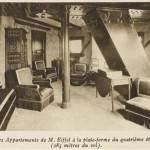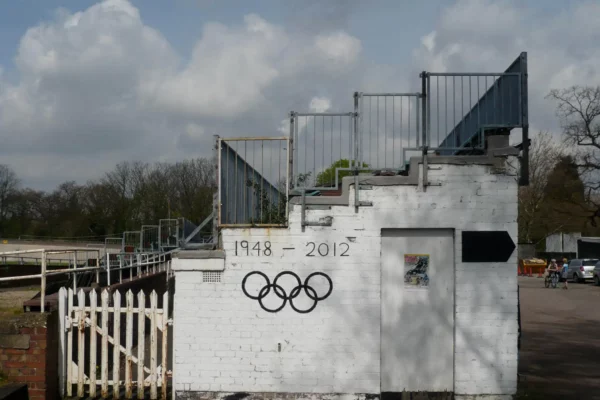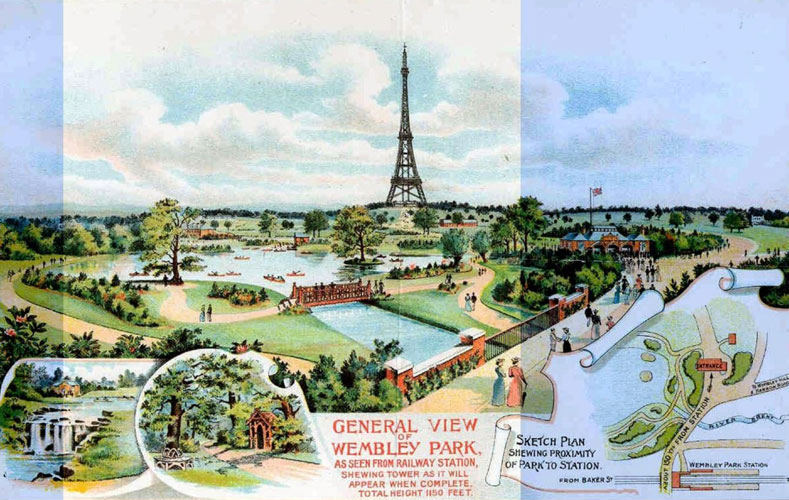
When a tower made of 7,500 tons of steel and iron was unveiled at the Universal Exhibition of 1889 in Paris, it was an immediate triumph, made even more victorious in light of the controversy which had surrounded the Eiffel Tower prior to its opening. Protesters had argued to “imagine for a moment a giddy, ridiculous tower dominating Paris like a gigantic black smokestack, crushing under its barbaric bulk Notre Dame … the Louvre … the Arc de Triomphe, all of our humiliated monuments will disappear in this ghastly dream… like a blot of ink the hateful shadow of the hateful column of bolted sheet metal.” After proving her critics so dreadfully wrong, the iron lady of Paris was so popular and financially successful that it became the envy of Europe. And over the channel, the British hatched a plan to build their own ‘bigger and better’ Eiffel Tower of London…
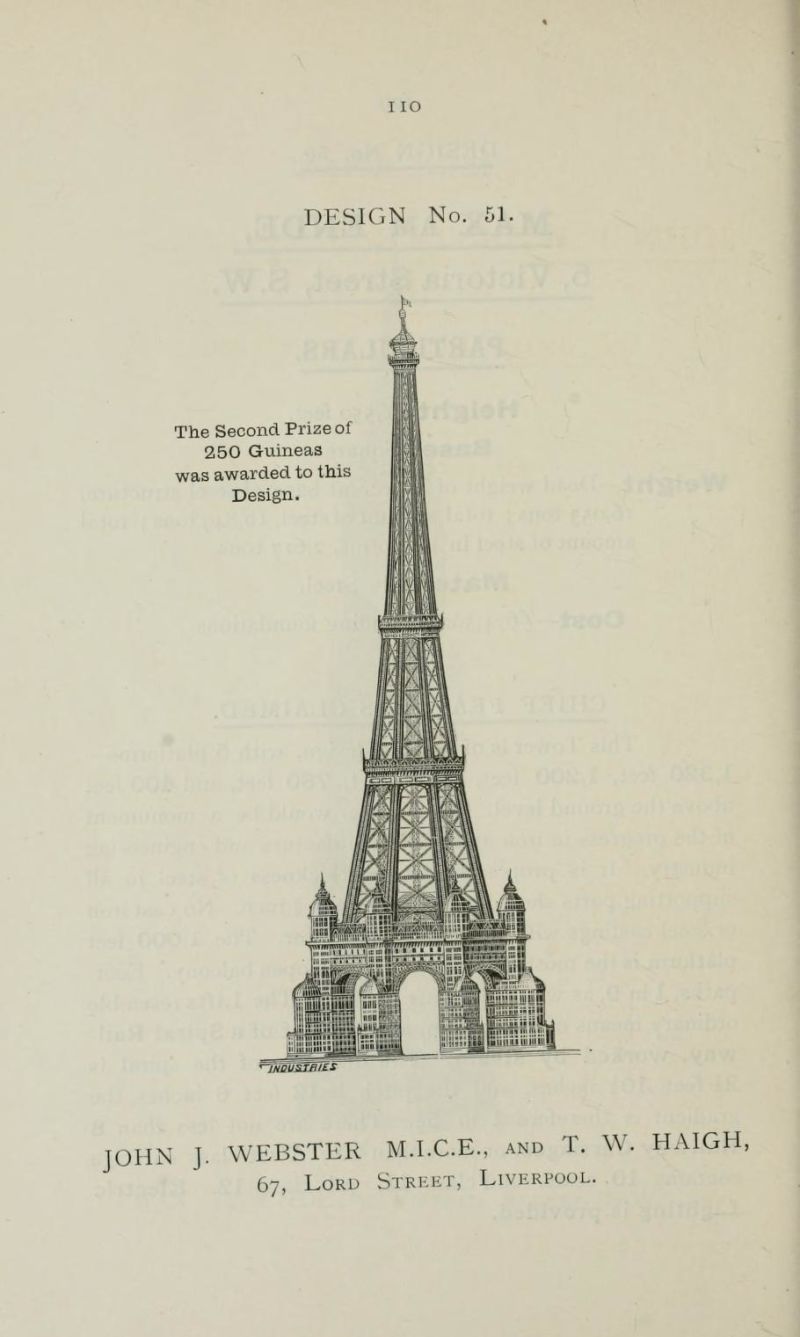
The idea was launched by British Member of Parliament, Sir Edward Watkins, who infamously proclaimed “anything Paris can do, London can do bigger!” He even had the cheek to ask Gustave Eiffel to build the tower, to which Eiffel refused on the grounds that it would simply ruin his image with his countrymen as a good Frenchman.
So instead, Watkin launched a contest in 1890 to design the “Great Tower of London”.
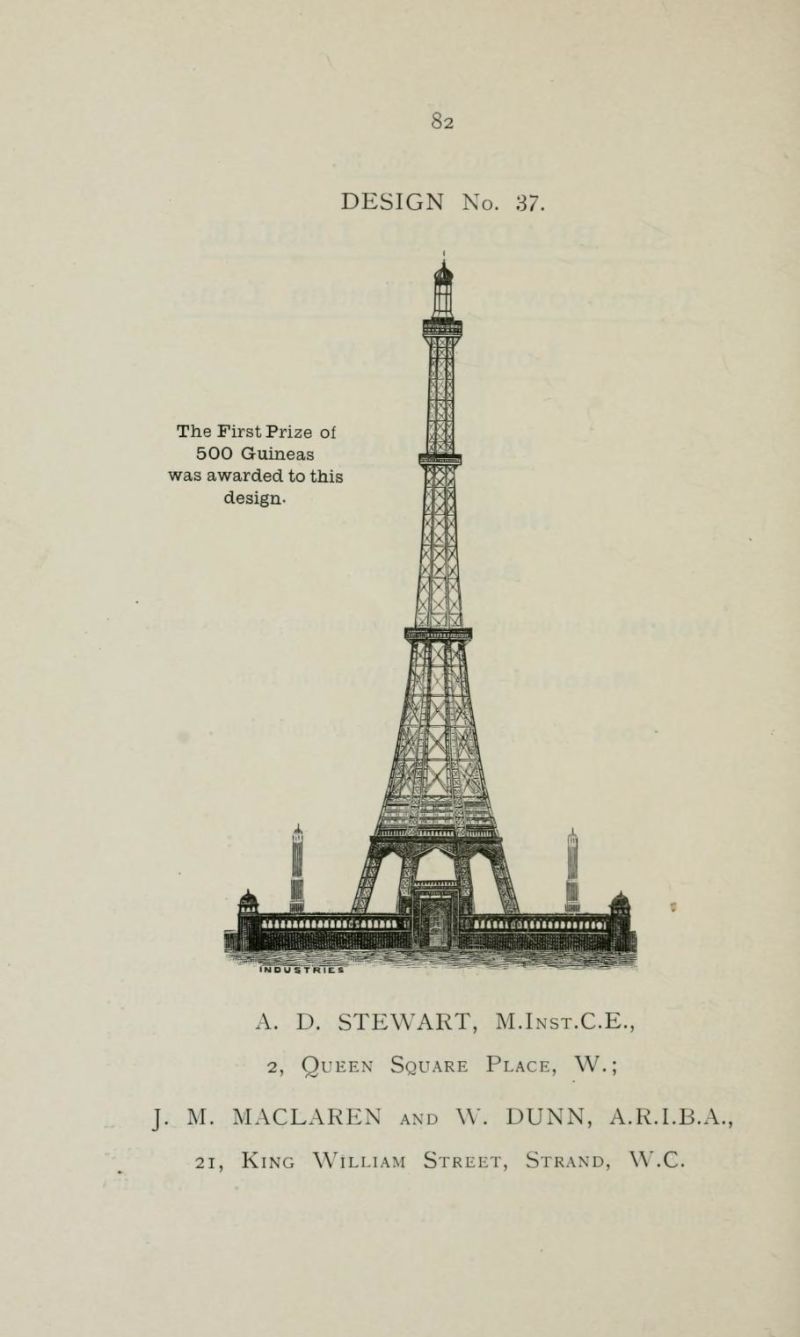
The competition pamphlet, an illustrated catalogue of the 68 competitive designs submitted for the project (the winning entry pictured above), begins by singing the praises of their French inspiration…
“One of the objects of greatest interest at Paris is The Eiffel Tower…Taking into consideration the enormous popularity of the Eiffel Tower and the consequent pecuniary benefits conferred on those interested in that undertaking, it is not too much to anticipate that, in the course of a short time, every important country will possess its tall Tower”
Noting that the Eiffel Tower cost £280,000 to build, the pamphlet assures that the London project has “found the willing support of many capitalists, who felt convinced that if the scheme were properly laid before the public there would be no great difficulty in accomplishing the object.”
Alas, for lack of funding, public support and a solid design, the English Eiffel Tower just wasn’t to be.
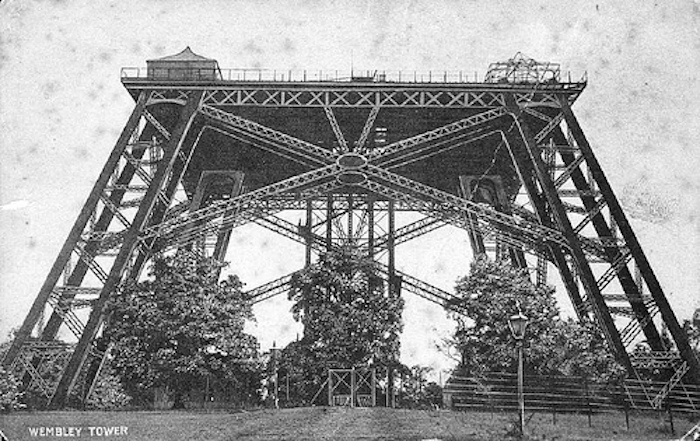
The winner was the No. 37 and they did actually start to build it in 1893 on the site now occupied by the English national football ground, Wembley Stadium. Designed to surpass the height of the Eiffel Tower by 34 meters, the pamphlet describes the project’s competitive ambitions…
“This Tower would stand at a considerable elevation instead of as in the case of the Eiffel Tower being at the river level…It is proposed that the tower shall be much more spacious and of greater altitude than the Eiffel Tower, with the view to its being still more useful, and to accommodate a larger portion of the public. Special facilities such as restaurants, theatre, shops, Turkish baths, promenades and winter gardens and a variety of other amusements, which will not only afford a healthful recreation for the million, but, it is anticipated, will insure a profitable return for the shareholders.”
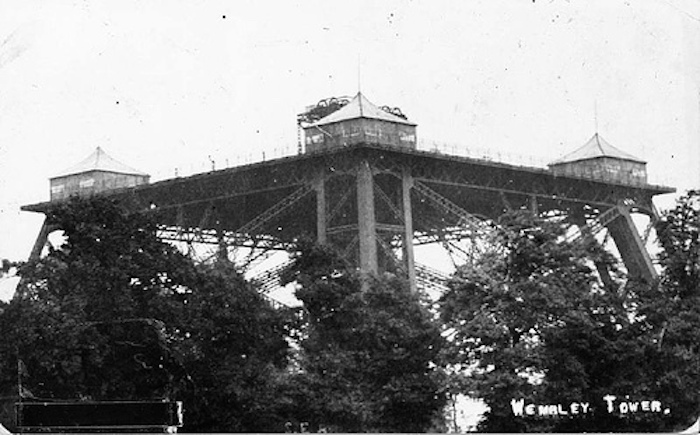
After an unsuccessful appeal for public subscription, Watkin’s company formed to manage the project could only proceed with its own funds, prompting Watkin to scrap the competition winner’s octagonal design and scale back to a cheaper, four-legged design that bore much more resemblance to the Eiffel Tower. Work began on the tower as the surrounding park began to be laid out with a cricket pitch and a boating lake, in readiness for the first visitors.
Wembley Park opened to the public a year later with an unfinished tower still under construction. In 1895, Watkin’s health was fading and he retired just as the first and only stage of his tower was completed, standing at approximately 47 meters high.
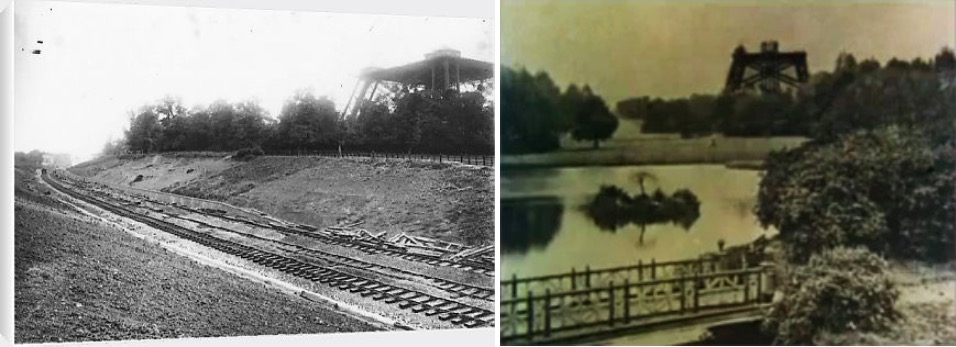
Behind schedule, lacking funds and even found to have disastrously unsteady foundations, the structure was doomed. In 1899, the company went into voluntary liquidation and construction stopped, never to begin again. It sat unfinished and abandoned for 8 years before it was entirely demolished using dynamite in 1907.
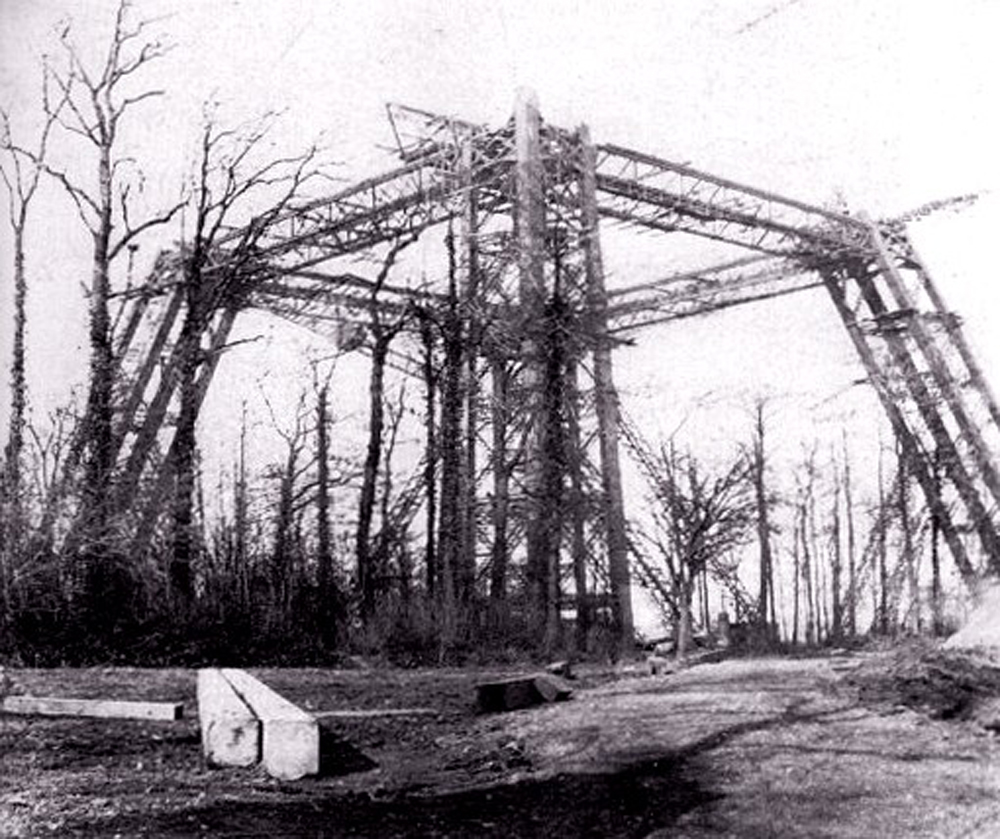
Here are some of the other proposed designs for the English Eiffel Tower that never was…
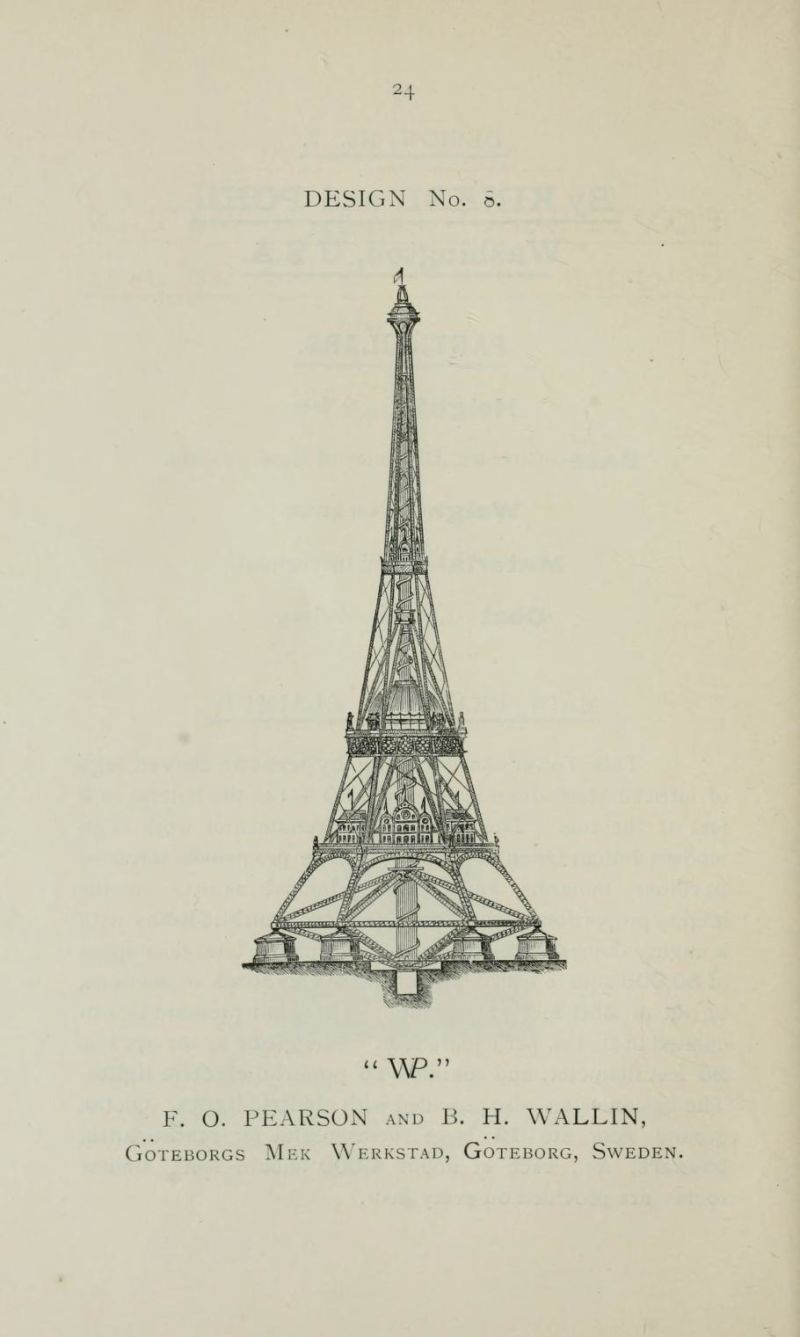
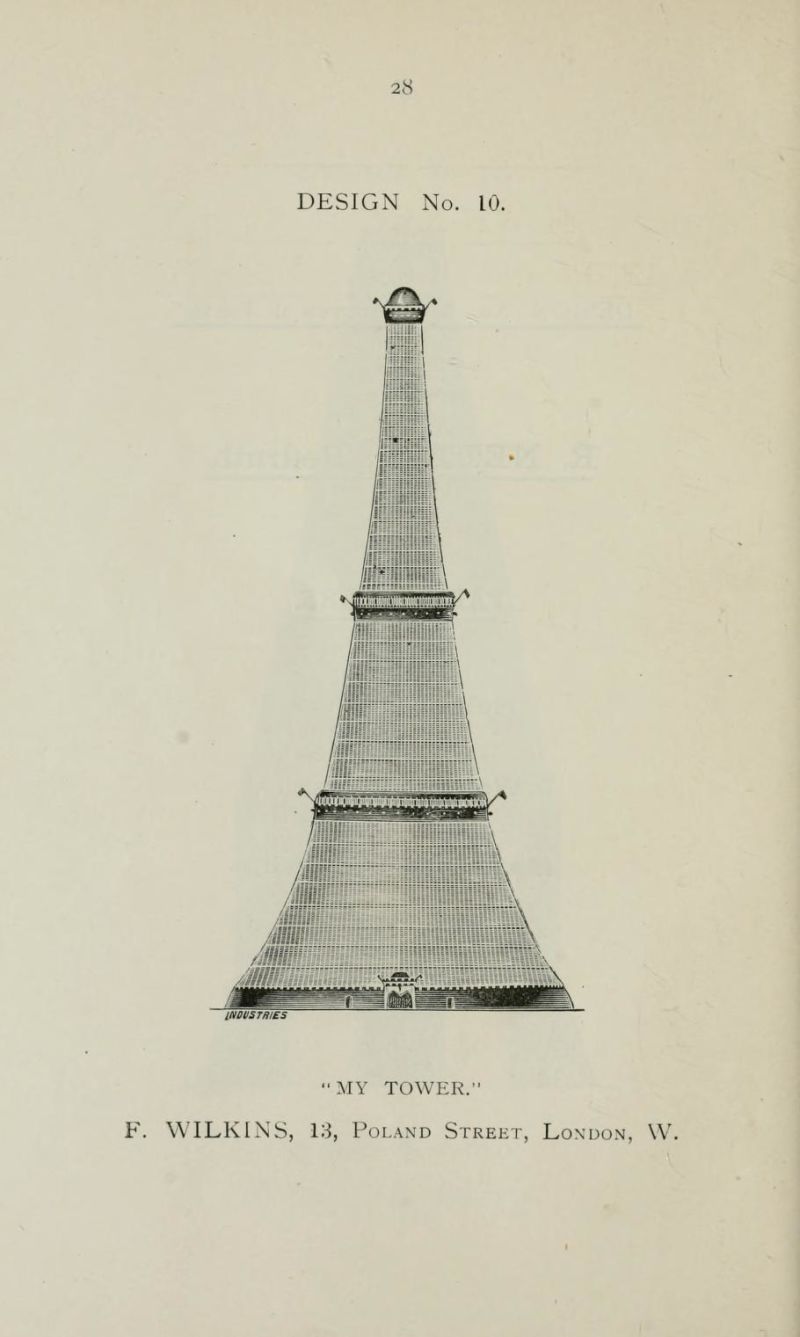
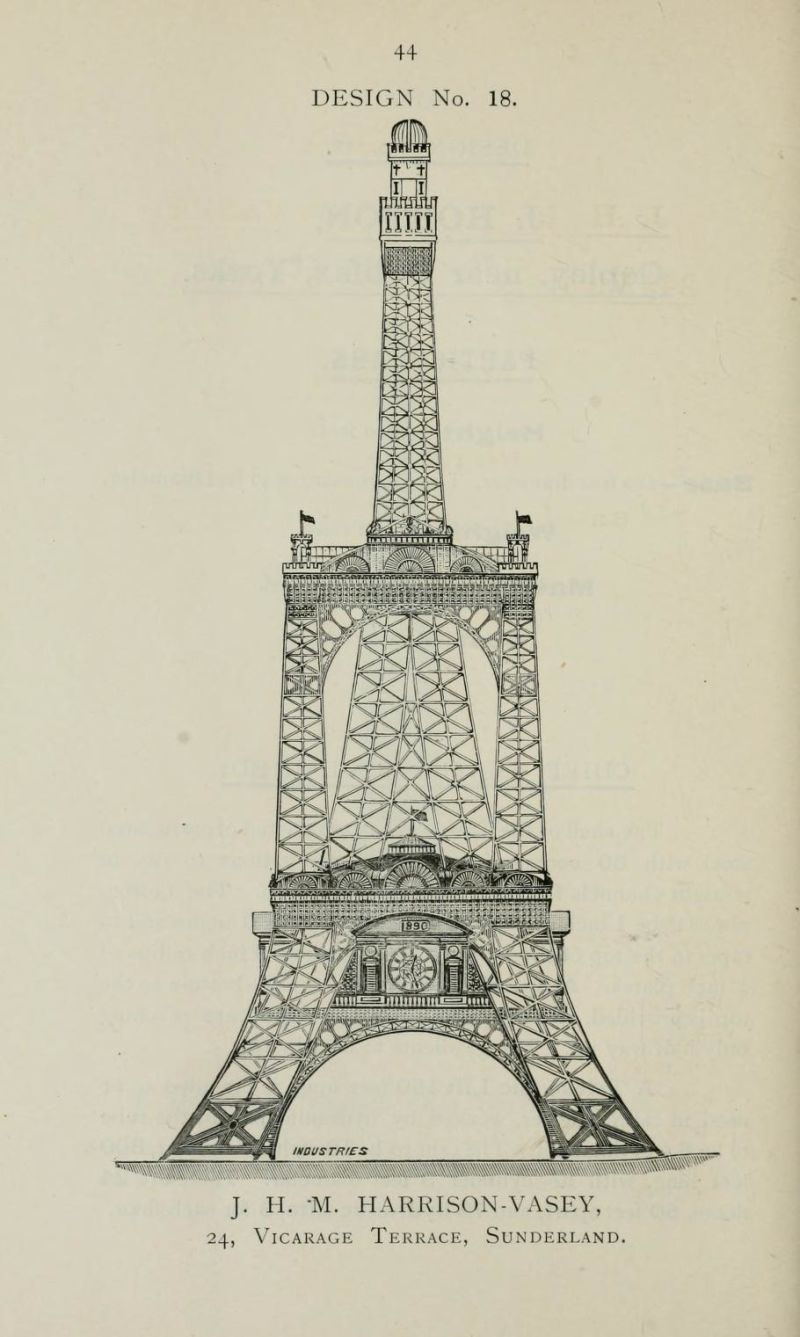
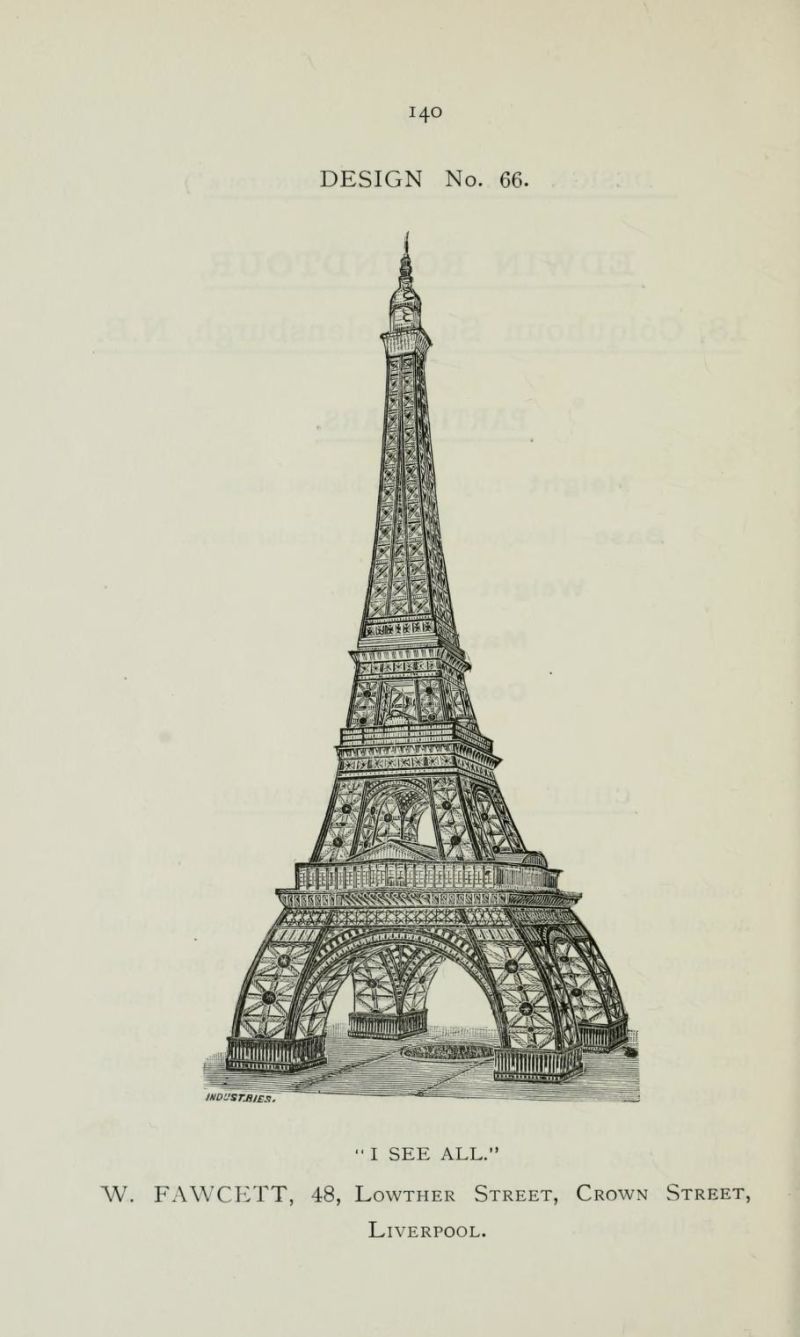
I suppose they do say imitation is the sincerest form of flattery…!




